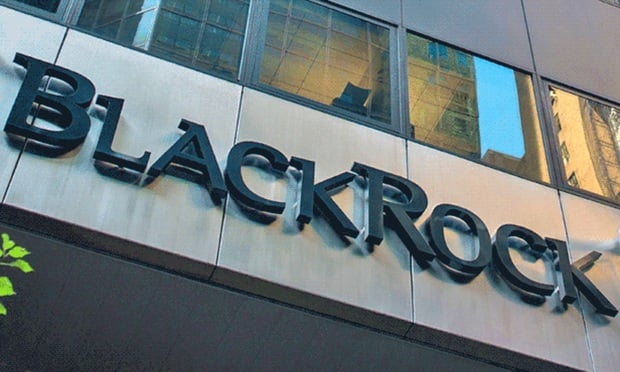For many employees, trying to understand their benefits plans can be a confusing and frustrating process. Between traditional health plans, wellness programs, consumer-driven health care and retirement – just to name a few – there are so many options to consider, and employees need the proper education to make the right decisions. Despite this, many employees are lacking in benefits education.
In fact, according to a recent survey by the ADP Research Institute, 80 percent of human resources professionals say it's important for employees to fully understand their benefit options; however, they estimate that only about 60 percent of their own employees do, suggesting there are major flaws in how companies communicate a large portion of an employee's total compensation.
While health care and retirement benefits tend to be the most confusing because of their complexities, comprehension is difficult among all programs, says Sharon Podstupka, director of communications and change management at Towers Watson, a global professional services company in New York City.
Recommended For You
"Overall, benefits are an equal-opportunity point of confusion," Podstupka says. "It can be a vision plan or a dental plan or a health plan – if it's not communicated effectively, it will confuse people."
To help employees better understand their benefits, Podstupka recommends employers implement communication methods that rely on engagement. When employees have to become engaged, it's inevitable that they will learn more about their benefits.
"People don't have the bandwidth these days to dive through a ton of communications," Podstupka says. "That can be overwhelming, but the good news is many employers are well aware of this issue and are taking steps to make understanding benefits easier through creative communication approaches that involve engagement."
In Podstupka's experience, focusing on targeted communications is the top vehicle that is seeing results. Rather than just creating broad communication pieces, employers are now analyzing their employee demographics and using that information to address potential benefit problems. This helps employer better identify what types of benefits are being used and by whom.
"Targeted communications may not sound that creative, but it is," Podstupka says. "Employers are looking at their employee's roles within the organization, their family statuses, and those types of metrics that help an employer understand its population and what may be more important to them than others."
Technology platforms are also communication methods that employers are starting to use to encourage improved employee education, Podstupka says. While social media is becoming increasingly popular, some employers are even developing apps that allow employees to take part in competitions, such as wellness challenges. By increasing participation, employees are taking a more proactive role in their benefits, which results in a greater awareness, and that is a key component to education.
"As organizations are updating their technology, they're still trying to figure out what works best, but we're seeing things like Facebook and YouTube becoming popular," Podstupka says. "By using social media, employees are becoming more aware and in tune with what trying to do from both a benefits perspective and work-life perspective."
Implementing face-to-face education opportunities is another popular engagement method, Podstupka adds. Employers are now inviting their benefits vendors to come onsite to set up fairs where employees can directly talk to these companies and ask detailed questions about their plans.
Podstupka stresses that it's important for employees to have multiple education approaches. With today's complicated benefits programs, a simple enrollment package no longer cuts it.
"Using a multimedia approach is the best thing an organization can do," Podstupka says. "Employees need to be engaged in their benefits education. They need something beyond the traditional enrollment packages. Employees don't always read those. They need education methods that are more dynamic."
© Touchpoint Markets, All Rights Reserved. Request academic re-use from www.copyright.com. All other uses, submit a request to [email protected]. For more inforrmation visit Asset & Logo Licensing.






